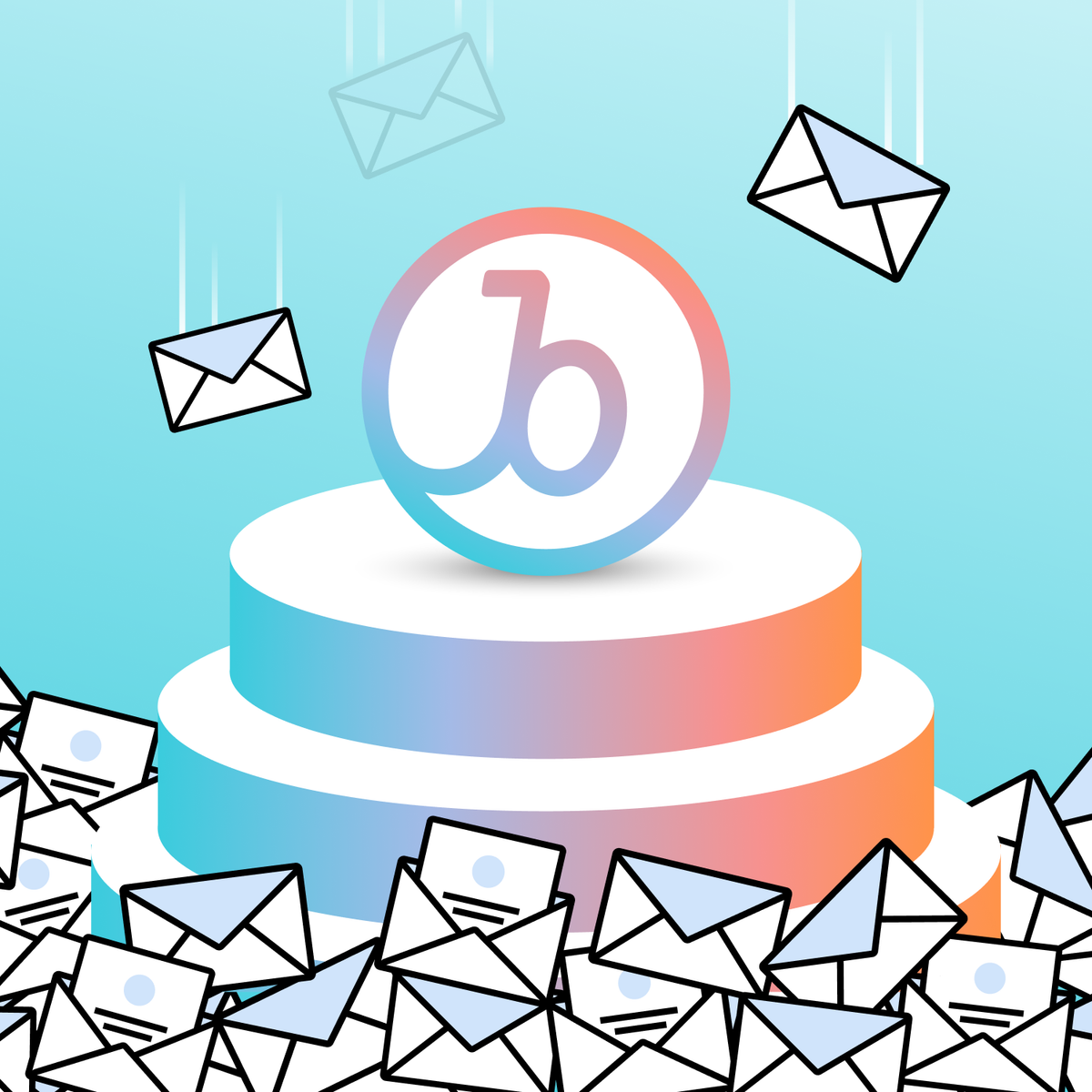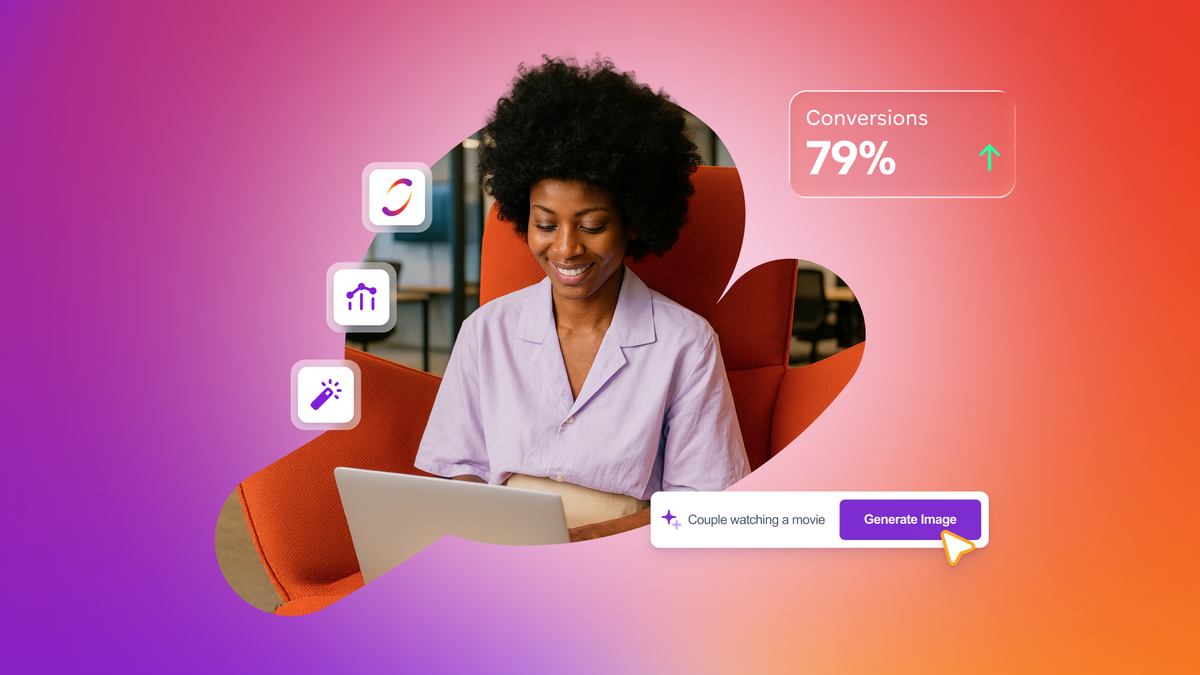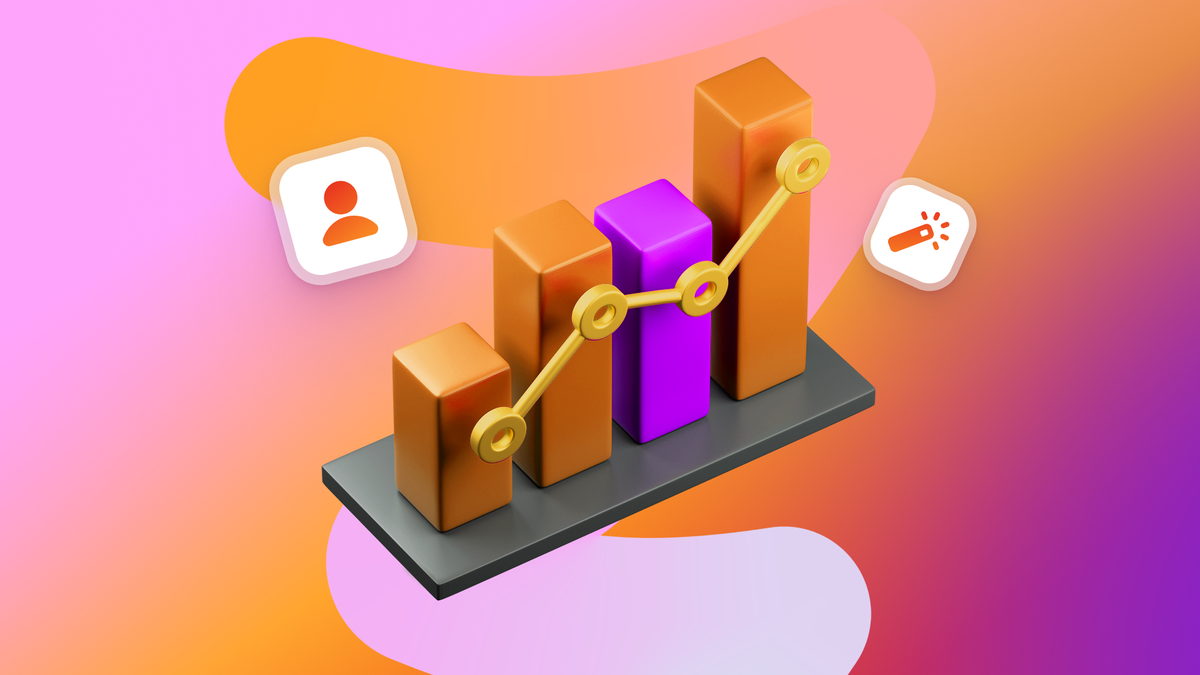Scaling Quality: How Braze Ensures True Personalization for Massive Volumes of Email—and Does It Fast
Published on March 01, 2024/Last edited on March 01, 2024/8 min read

Gurbir Sukhija
VP, Product ManagementBrands today are increasingly operating in a cross-device, cross-platform, cross-channel world, where it’s hard to reach all of your customers through any one channel. But if you ask a marketer what single channel is the most powerful way to get in front of their audience, there’s a good chance they'll cite email. The oldest of all the direct, digital marketing channels, email is known for its strong global reach, its high ROI, and the way it can support rich, highly-visual brand storytelling.
But using email effectively isn’t always intuitive. A few years back, I wrote a piece spotlighting a common misconception among brands when it comes to their email marketing—namely, the idea that the way to get more value from this channel is by just sending more emails. I stand by that POV, but it’s worth noting that there are some situations where sending large volumes of emails in a short period of time isn’t just okay, it’s the smart thing to do.
So let’s take a closer look at this dynamic, explore how to approach it thoughtfully, and dig into how Braze can help to support great, effective emails even at a massive scale.
What are Email Bursts and Why Do Brands Send Them?
There are a wide range of different campaigns and use cases where it makes sense to leverage email messages to communicate with your customers. As a rule, the most impactful email campaigns are ones that draw directly on user behavior to trigger and inform the messages being sent—that’s true both for transactional sends like shipping notifications and marketing messages like abandoned cart campaigns. But some use cases function differently, delivering emails not based on what a user did but the specific time when that outreach makes the most sense (e.g. Daily Deal messages, Black Friday promotional sends, Year-in-Review campaigns).
When a company with a large volume of users needs to send one of these time-specific campaigns, the traditional way to make that happen is by doing what’s known as “burst sending” or as an “email burst.”
In general, an email burst occurs when a brand sends a very large volume of email (think 10–30 million email messages) in less than ten minutes. If you’re a brand known for your Daily Deal campaigns, having as many emails as possible arrive right at the specified time (for instance, noon) may be a key goal for your brand and something that you strive for with each send. However, this sort of approach brings with it a number of issues and limitations that can have larger implications for the senders’ overall customer engagement program.
Speed vs. Quality: Why Email Bursts Often Compromise on What Customers Really Want
In order to successfully carry out an email burst, most brands rely on special setups from their ESPs or customer engagement platforms, since this kind of volume would normally lead mailbox providers (e.g. Gmail, Yahoo) to throttle the number of messages being delivered from that company’s IP addresses.
To make it happen, ESPs have to leverage thousands of pre-warmed IPs for a single send; in addition, the campaigns generally need to be built the night before the send, can’t be changed in the run-up to the launch, and make it difficult to include meaningful message personalization in the sends. The result? This kind of setup can help to swiftly deliver a large number of emails, but the process will be inflexible and highly complex and those emails will be generic and not targeted to each individual recipient.
Overall, that’s a risky move. According to a study conducted by McKinsey, 71% of consumers expect personalization from the brands they engage with, and marketers who send their audiences messages that aren’t what those individuals want or need are setting themselves up for poor open rates, weak campaign performance, and long-term damage to their email deliverability efforts. But for brands who need to send big volumes of emails—and do it fast—they often end up taking this generic approach anyway, simply because they aren’t aware that there are other options.
What You Need to Know to Send Fast, Personalized Emails at Scale
How can brands send high volumes of email swiftly without running into these sorts of problems? The answer is two-fold: First, you need to make sure you have the technologies you need to support fast, high-volume delivery of relevant, personalized emails; second, you need to take a longer-term strategic approach to enabling these kinds of sends.
1. Leverage a customer engagement platform built on streaming data
On the technology front, the customer engagement platform you use will determine what is and isn’t possible when it comes to swift, in-the-moment personalization at a massive scale. Most marketing solutions are built on batched data processing, which makes it extremely difficult for them to support true real-time personalization; worse, these challenges only grow as the scale of a given campaign send increases.
In general, if your customer engagement platform isn’t built on a foundation of streaming data, it’s very unlikely that you’re ever going to be able to serve up the kinds of personalized experiences that consumers expect in these sorts of enormous, swift sends. To do that, you need a true real-time customer engagement platform, one that can react to user events as they happen.
2. Plan a thoughtful IP warming strategy
Once you have the right solution to be able to support these kinds of swift, massive, personalized sends, the ball is in your marketing team’s court. Mailbox providers tend to look skeptically at massive, unusual email sends, since that’s a behavior that’s commonly attempted by spammers, so legitimate brands need to ensure that they have enough warmed IPs to be able to send at their preferred scale. Marketing solutions that offer email blasts generally do so by maintaining a massive number of pre-warmed, shared email IPs to support these kinds of sends; that means brands don’t have to maintain and authenticate the number of IPs they’re actually using, but it also means that the messages in those campaigns can be negatively affected if other brands on that same provider are sending large, low-quality campaigns (something that is relatively likely, given the lack of targeting and personalization).
For a more reliable, sustainable approach, brands should think strategically about when they’re going to need to send especially large email campaigns. Then, once they have a picture of their planned cadence, they’ll need to set up the number of IPs associated with the maximum anticipated volume, and then carry out a thoughtful IP warming campaign leading up to any major send (i.e. beginning to send larger and larger volumes of email through the first few weeks of November so the IPs are ready for Black Friday).
Taking this approach will allow you to benefit from the real-time personalization your customer engagement platform is capable of while maintaining direct control over your email scale and sender reputation, increasing the odds that the messages you send are seen by their intended recipient, even for really enormous campaigns.
How Braze Supports Swift, High-Volume Sends with Rich, Nuanced Personalization
For many brands, one of their key challenges is finding ways to ensure the fast delivery of large volumes of email that can still serve up a thoughtful, personalized experience. Thankfully, Braze is built to make that happen.
Supporting customer engagement at a truly enormous level takes more than the ability to send email—you need to architect your customer engagement platform from the bottom up to be stable, powerful, and flexible enough to ramp up sends without introducing new issues. That focus on scale and true real-time data has been part of the Braze platform from day one, with our cofounders architecting Braze on a foundation of streaming data. When send volumes rise, we use auto-scaling to responsively predict queues and then expand the associated volume capacity as needed; it also allows us to scale down capacity when it’s not being used, supporting the more efficient use of resources.
You can see that design at work during one of the biggest sending periods of the year—namely, the Black Friday/Cyber Monday shopping holiday. In 2023, brands used Braze to send more than 37 billion messages, with up to 21 million messages sent in a single minute at the peak of Black Friday sending. We saw the number of emails sent grow by more than 31% year over year and maintained an uptime of 99.99% throughout the Black Friday/Cyber Monday period (when averaged across all of Braze customers and service offerings). We also had a 100% rise in the number of packets per second outbound from our servers, an increase driven by more send-time API calls and personalized messages being sent by our customers. That shift reflects growing message sophistication among brands sending their Black Friday/Cyber Monday communications via Braze, allowing them to do more with the outreach they send, including tailoring their messages to each individual recipient. The ability to deliver enormous volumes of personalized messages, including billions of emails, during this stretch speaks to the Braze platform’s industry-leading scale, stability, and customization capabilities.
Final Thoughts
Swiftly sending personalized email campaigns at a massive scale takes the right combination of strategy, technology, and execution. To learn more about how Braze makes that possible, check out our in-depth look at this year’s Black Friday and Cyber Monday results and find out the ins-and-outs of how Braze can power truly customized experiences at scale for our customers.
Interested in working at Braze? We’re hiring for a variety of roles across our Engineering, Product Management, and User Experience teams. Check out our careers page to learn more about our open roles and our culture.
Related Tags
Releated Content
View the Blog
Are you AI-savvy enough to survive? A wake-up call for CMOs

Team Braze

What are contextual bandits? The AI behind smarter, real-time personalization

Team Braze

What is a multi-armed bandit? Smarter experimentation for real-time marketing
